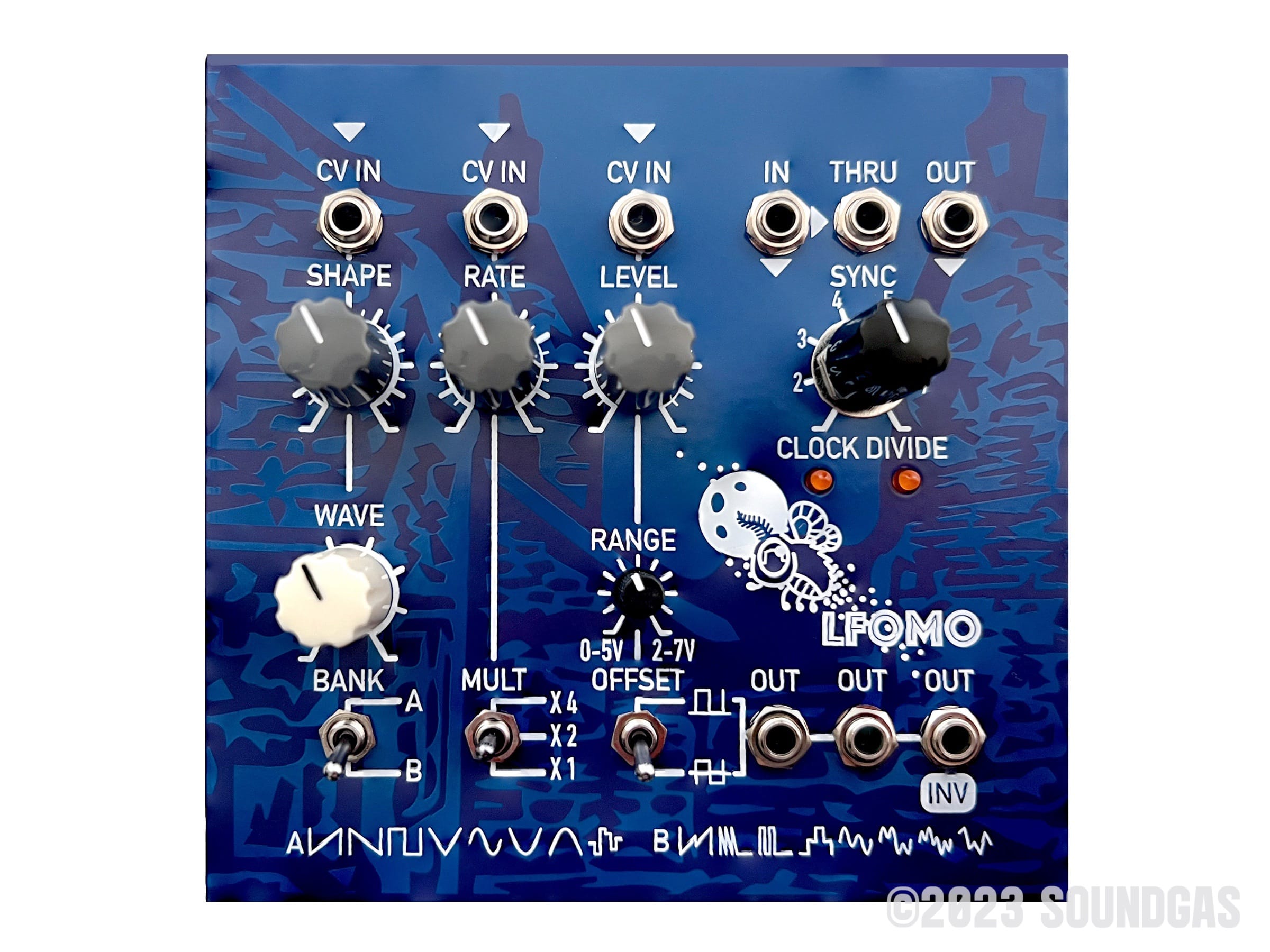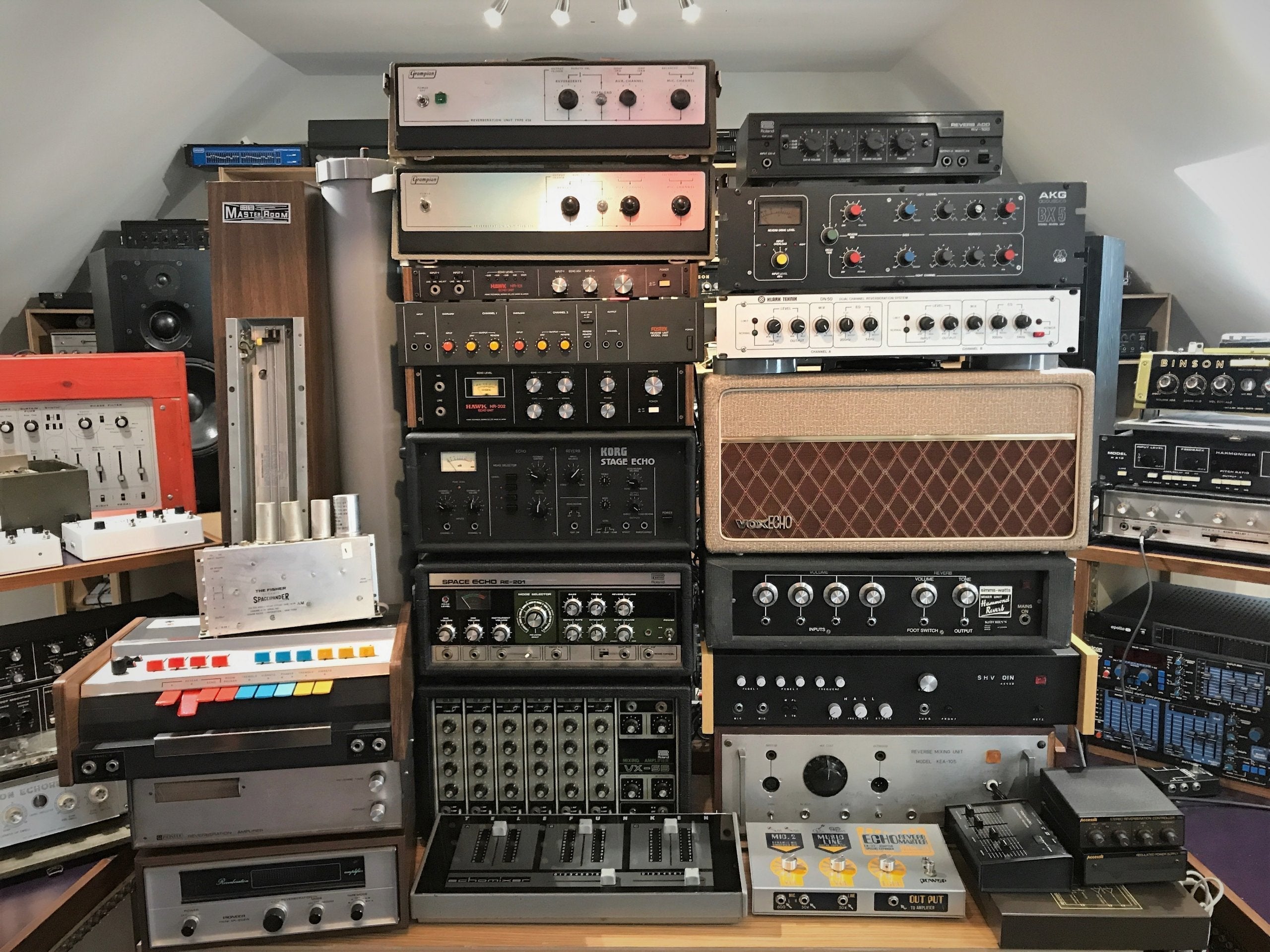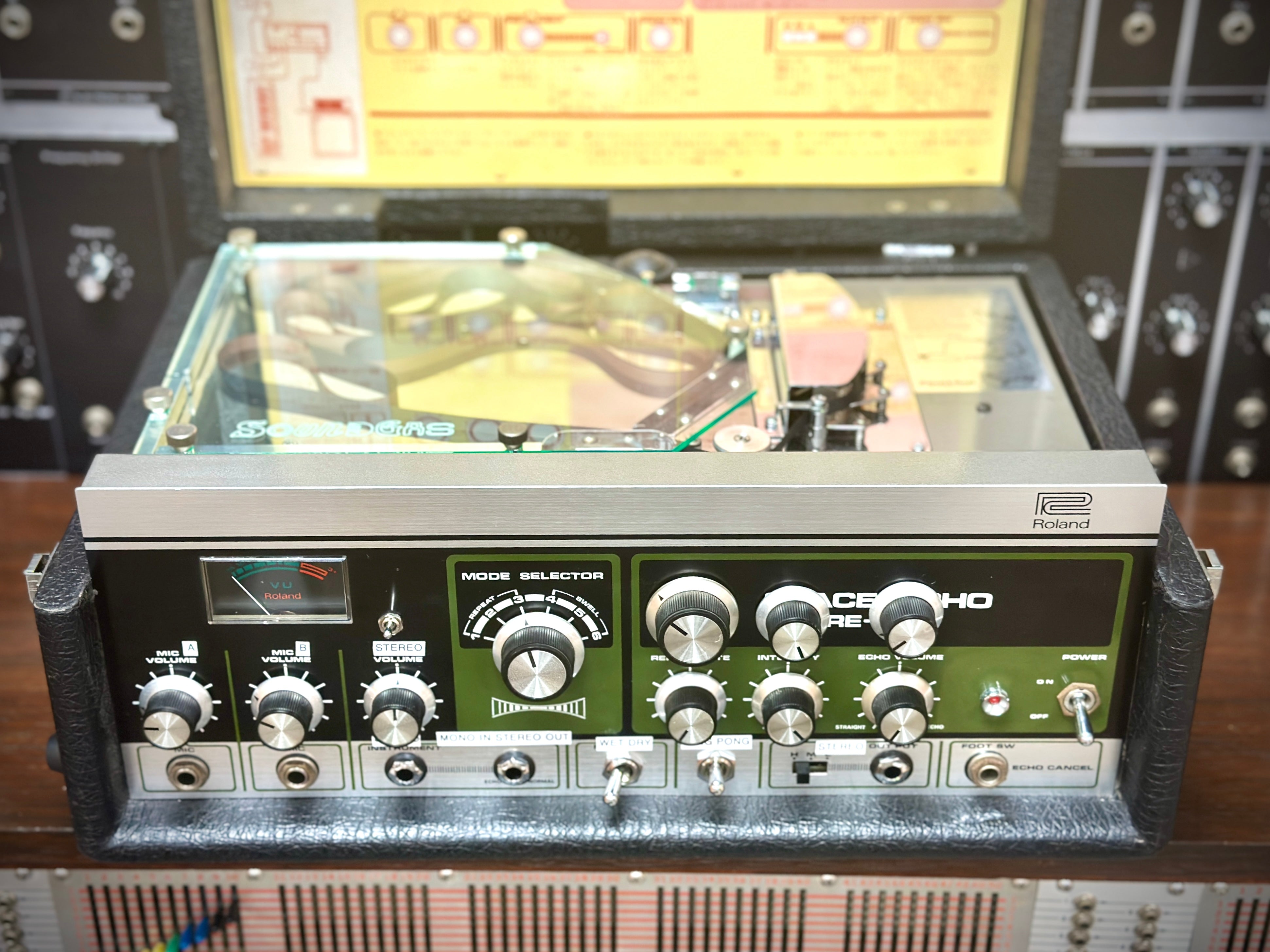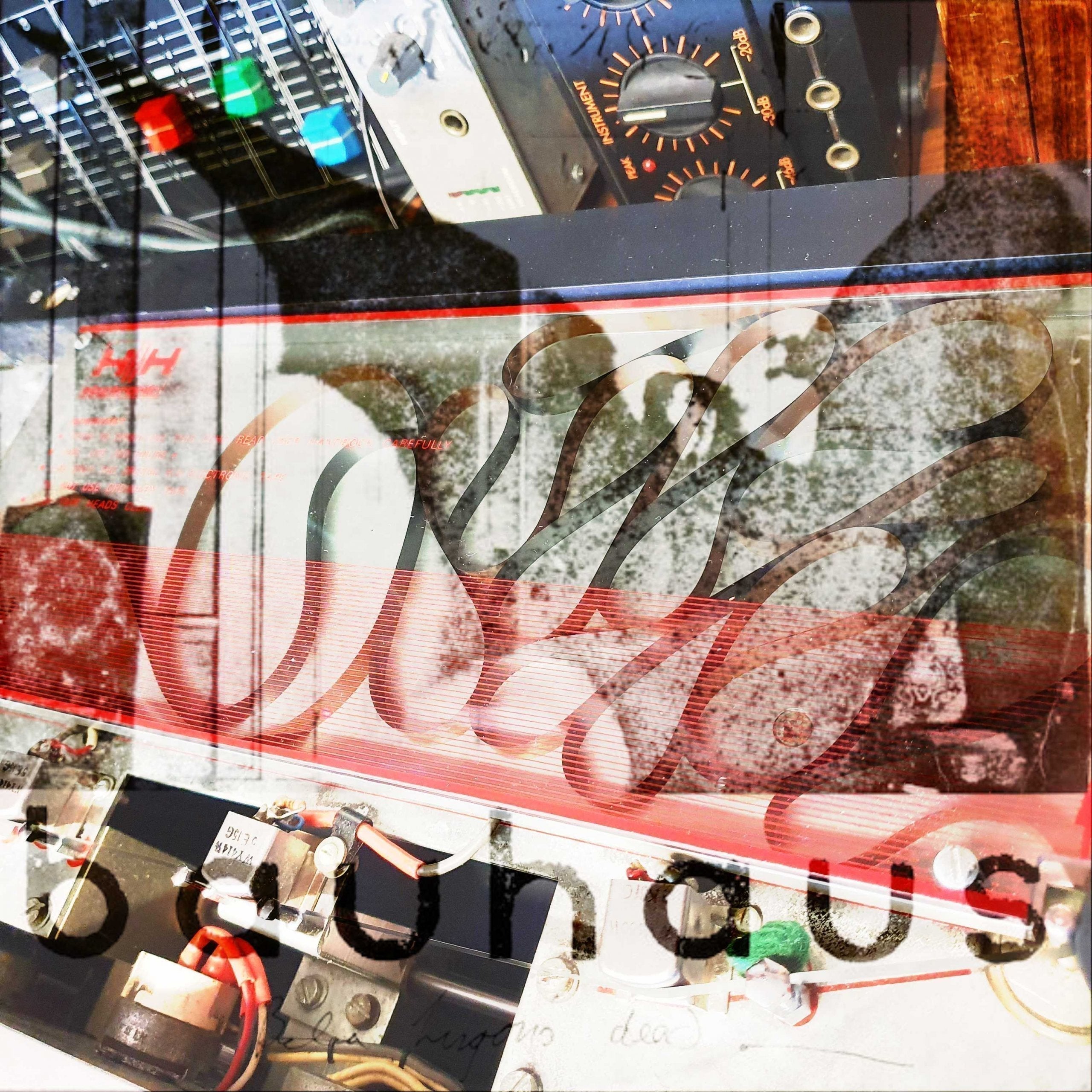
What is LFOmo?
Nearly a year in development, the LFOmo is designed to massively expand the sonic possibilities of synths, guitar pedals, modular synths and studio gear. In this post we will cover just some of what it can do with a directory of videos for you to refer to. Given the flexibility of this box, we’re only just beginning to explore the new sonic landscapes it opens up. If you have questions or ideas then we want to hear from you, or, better still, order the new LFOmo V2 in its very fetching blue case and show us yourself!
WHAT IS LFOMO? (SHORT VERSION)
LFOmo is all about making more with the equipment you already own: you don’t need fancy expensive or vintage gear for LFOmo to make a difference to your sounds.
It was designed to expand your existing synths/effects. It can transform the sonic possibilities of the most humble monosynth or cheap delay pedal into completely new territories.
It is designed to work with pretty much any synth, guitar pedal, effect and of course modular gear that has an external control input (expression pedal or cv).
It is a clockable external LFO with two banks of eight waveforms with various wave-shaping and clock division options.

WHAT IS LFOMO? (LONGER VERSION)
Some years back we discussed working with Nils Frahm to build an external unit that would enhance and expand the capabilities of a Roland Juno 60 along the same lines as his modified units, but it never came to pass. LFOmo was initially (in my head) that unit, but synth tech (and designer of the LFOmo) Chris Challoner already had some exciting and different ideas that took it far beyond this original brief. Once we started discussing the possibilities and experimenting with the basic prototypes, what had begun life as a Juno expansion box blossomed into something that we realised could be made to work with almost anything with an expression or cv input.
We have so far had great results from a wide range of synths, from vintage classics such as the Juno 6/60 (I think of the LFOmo as making a Juno more like a Jupiter) and Korg Polysix (really elevates this – see the demo of an early incarnation below). Using the expression pedal input of our favourite guitar effects from Strymon, Chase Bliss, Meris etc quickly gets pretty wild, but we’ve found that even the cheapest pedal can be turned into something else with LFOmo.
Taking the clock output of a drum machine, sampler, synth, DAW etc and syncing LFOmo yields stunning rhythmic results. The wilder options of the 16 wave shapes combined with the waveshaper and clock divide controls are simply staggering. We have yet to find an application that isn’t utterly beguiling within a few minutes of experimentation: there’s no ‘meh’ in the LFOmo world.
The possibilities are endless – we are quite excited at the thought of clocking a second LFOmo from the first and using odd divisions to come up with long evolving ‘sequences’ – and we’re only just beginning to discover what is possible. Most of our explorations so far involve basic synths/pedals: we eagerly anticipate what our friends and customers will create with LFOmo.
LFOmo is limited only by your imagination (and how many minijack cables/splitters you can get away with).

For more detail you can head to the main LFOmo listing, but, in a nutshell, what we’ve ended up with is an external sync-able, super-flexible LFO with two banks of eight waveforms, clock in/out with various clock divide/tempo variation options. It works with pretty much anything that has an external cv or expression pedal input so the possibilities are almost limitless. The image above is the full “manual” we’ve created for LFOmo – this truly is a “plug in and experiment” type of device where functionality is quickly revealed with first use.
This video below features designer Chris explaining it to Dec for the first time:
DIRECTORY OF LFOMO DEMOS
AKA: WHAT DOES LFOMO DO?
This is essentially a directory of most of the videos we’ve made with the various prototypes. Without even watching the demos it’s fair to say that this list already gives a good idea of just how versatile this box is. When we say “goes with everything” we’re really not joking.
We’re hoping that part 2 of this blog will be another list made up of videos created by the people using the first prototypes, no doubt featuring an entirely different catalogue of new and vintage gear. Batch one is already sold. Some of batch two are currently still available…
Clocking LFOmo from TR-608; controlling the Moog MKPH Phaser with regular and inverted LFOmo CV out.
Early prototype transforms Korg Polysix and Boss DD-3
Controlling the Moog Grandmother filter and sync pitch
Clock from sampler to LFOmo; clock/inverted clock out to MXR Flanger Doubler.
Chase Bliss Habit, guitar & LFOmo
Amen Break; clock/inverted clock out to MXR Flanger Doubler.
Minilogue – LFOmo clocked to drum machine
Controlling Strymon El Capistan delay time.
So in conclusion, whether you are a guitar player who wants to experiment sonically, a synth player seeking new sounds from existing synths, studio engineer/musician looking for new ways to modulate effects and instruments, or a modular synth user who needs a compact external lfo/modulation/sync device, LFOmo is here for you. It’ll bring all kinds of new sounds and ideas to the sonic party and you’ll quickly find yourself wondering how you ever lived without one (or two…).







